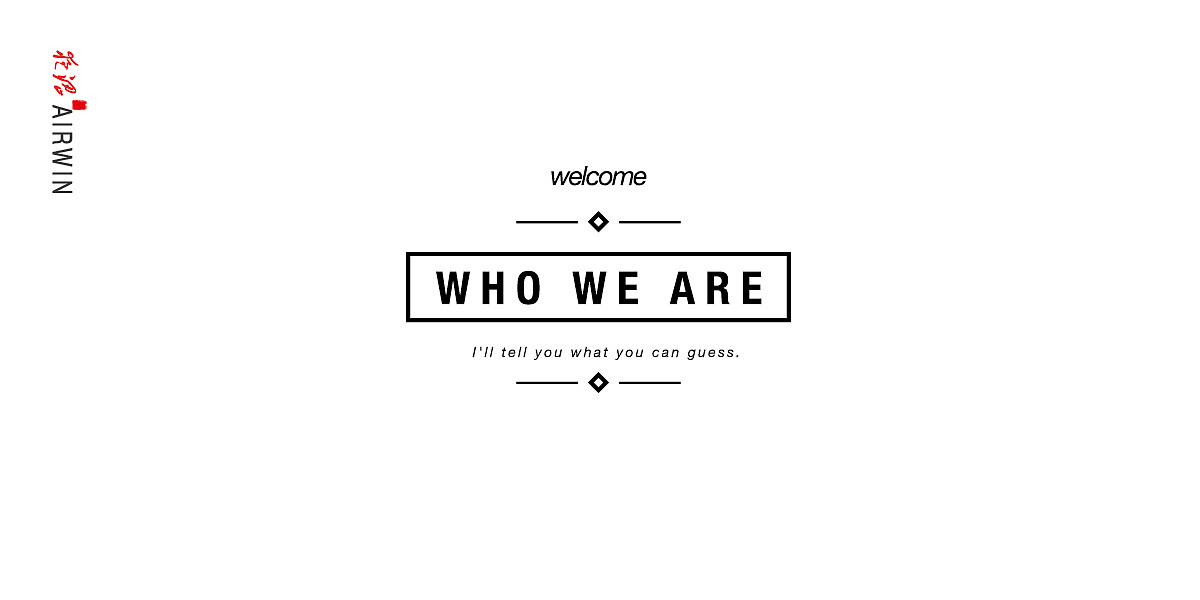Title: The Distinction Between Suits and Formal Wear: A Comprehensive Guide
Suit and formal wear, while often used interchangeably, are distinct categories of clothing. Suits are typically worn for professional or business purposes and consist of a jacket, pants, and tie. They are usually made from wool or a blend of fabrics and are designed to be versatile and comfortable for long periods of wear. Formal wear, on the other hand, is reserved for special occasions such as weddings, banquets, and black-tie events. It includes dress shirts, suits, tuxedos, evening gowns, and accessories such as cufflinks and cummerbunds. Formal wear is typically made from silk or other high-end fabrics and is tailored to perfection. The key difference between suits and formal wear is their intended purpose. Suits are for work or business, while formal wear is for special occasions. However, there is overlap between the two categories as some people may wear a suit to a formal event and a dress shirt and slacks to a business meeting. Understanding the distinction between suits and formal wear is important for dressing appropriately for different situations and events.
Introduction
Dressing appropriately for a formal event is essential in demonstrating respect and professionalism. Two of the most common types of formal attire are suits and formal wear, each with its unique characteristics and styles. This article aims to explore the difference between suits and formal wear, discussing their definitions, differences, and how to choose the appropriate one for various occasions.
Definition of Suits
Suit refers to a set of clothing consisting of a jacket, matching trousers or skirt, and a tie. It is typically made from woolen or silk materials and features two pieces of cloth sewn together at the sides. Suits come in different styles, such as single-breasted, double-breasted, and three-piece, each with its own distinct look and fit. Suits are commonly worn for business meetings, conferences, weddings, and other formal events where men need to dress in a professional and polished manner.

Definition of Formal Wear
Formal wear, also known as "black tie" or "white tie," is a type of attire specifically designed for formal events. It consists of a long-sleeved shirt, black pants or a skirt, a cummerbund or waistcoat, and either a black tie or white tie.formal wear is often worn with a bowtie or necktie and can include additional accessories like cufflinks or pocket squares. Formal wear is suitable for events such as banquets, dances, operas, balls, and other formal gatherings where a specific dress code is expected.
Differences between Suits and Formal Wear
Although both suits and formal wear are considered formal attire, there are several key differences between them. Here are some of the most significant distinctions:
1、Style: Suits are typically designed with a more modern and streamlined look, while formal wear is often more classic and elegant in style. Suits may feature bold patterns or textures, while formal wear tends to be more subdued in color and design.
2、Material: Suits are usually made from wool or silk fabrics, while formal wear can be composed of various materials like satin, velvet, or leather. Silk formal wear is particularly popular for its luxurious feel and high-end appearance.

3、Fit: Suits tend to have a slimmer fit around the waist and hips, while formal wear may be looser and more relaxed in these areas. This difference in fit can impact the overall appearance and silhouette of the outfit.
4、Length: Suit jackets come in different lengths, ranging from short to full length. Formal wear jackets are typically longer than suit jackets, reaching at least mid-thigh length. This difference in length allows formal wear to create a more structured and imposing look.
5、Accessories: While both suits and formal wear require ties or bowties, formal wear may also include additional accessories like cufflinks or pocket squares to complement the overall look of the outfit. Suits typically have no accessories besides a tie.
6、Occasions: Suits are suitable for a wide range of events that involve professional settings or business interactions. On the other hand, formal wear is primarily reserved for formal events that demand a specific dress code, such as weddings or black-tie events.
How to Choose between Suits and Formal Wear
When choosing between suits and formal wear for an occasion, consider the following factors:

1、Event Type: If you're unsure about what type of event you'll be attending, start by looking at the invitation or event description. This information will give you an idea of what kind of dress code is expected. Suits are generally suitable for both business events and casual gatherings, while formal wear is more appropriate for black-tie events or other formal functions.
2、Time of Year: The time of year can also influence your choice between suits and formal wear. In winter months or colder regions, it may be more appropriate to opt for formal wear due to its thermal properties and thicker materials. In warmer weather or during the summer months, suits may be a better choice as they allow for greater ventilation and comfort.
3、Personal Style: Consider your personal style when making this decision. If you prefer more modern and eclectic looks, suits may be a better fit for you. However, if you enjoy classic elegance and sophistication, formal wear may be more suited to your tastes. Remember that whatever you choose should make you feel confident and comfortable in your own skin.
Conclusion
In conclusion, suits and formal wear are both important types of attire that can help you make a lasting impression at various events
Articles related to the knowledge points of this article:
The popularity of down jackets
Title: Mastering the Art of Tying a Four-Corner Scarf: A Step-by-Step Guide with Video Tutorial
Title: The Untold Story of the Mysterious Silk Scarf



